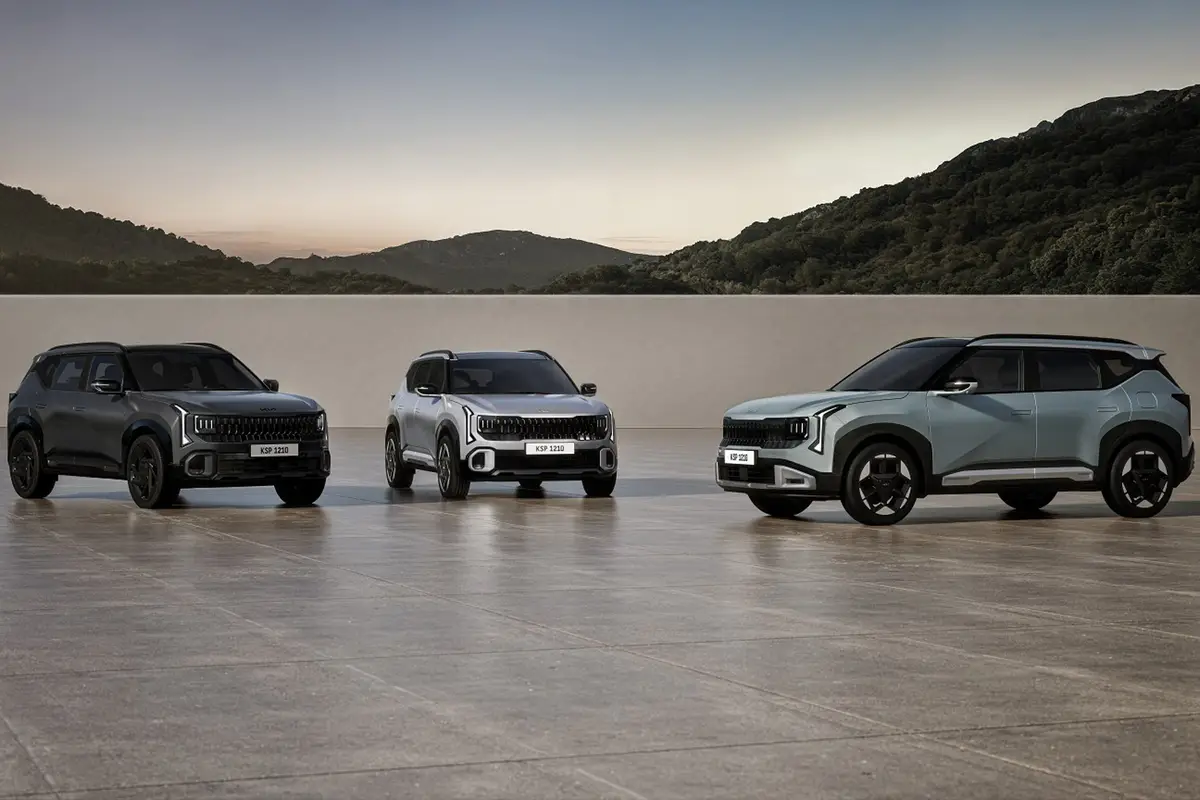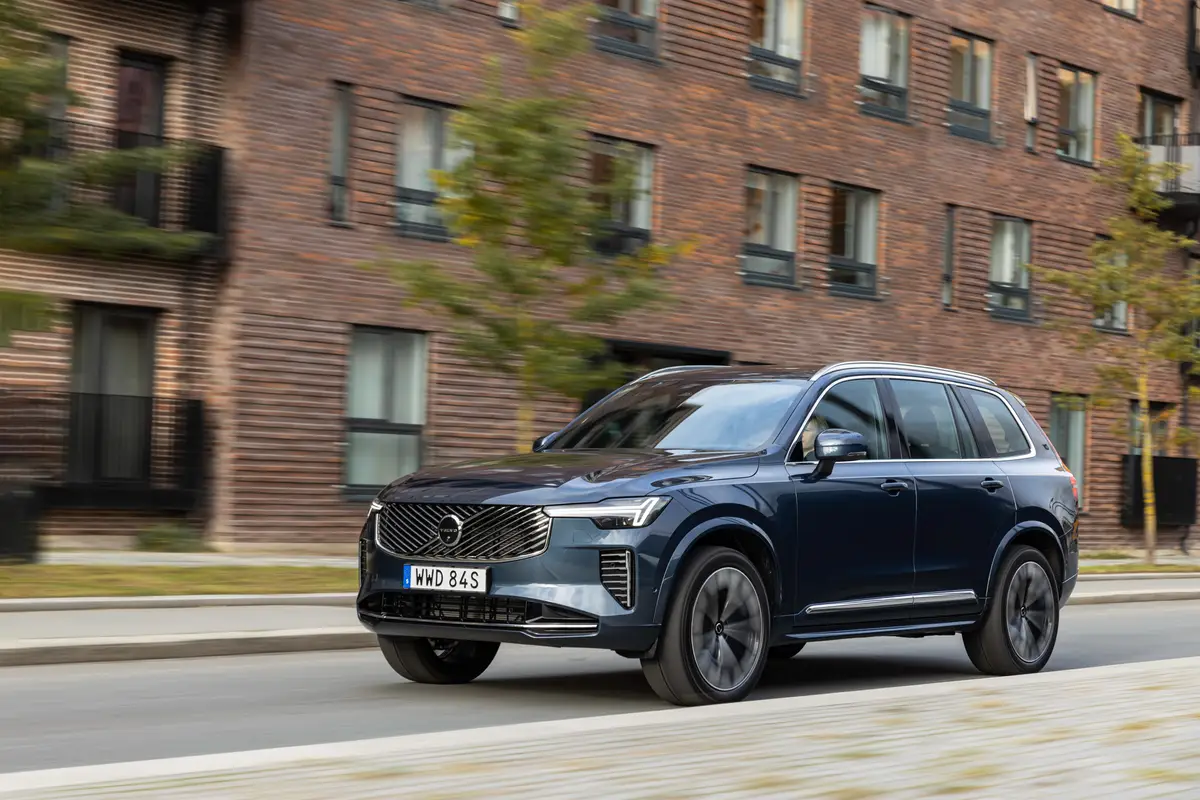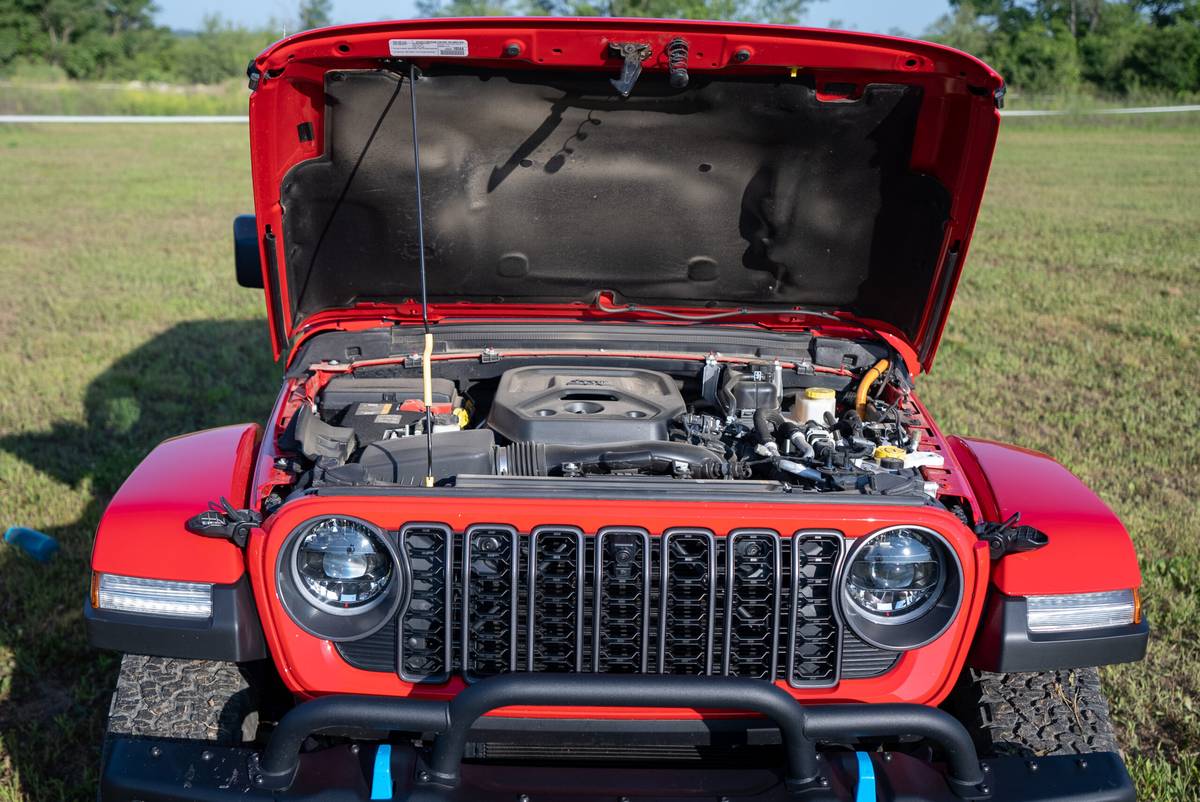washingtonpost.com's view
Winter arrived early. Rooftops in this resort town in the Wasatch Mountains were dusted with snow. In the local Wal-Mart, there was talk about an impending snowstorm that could shut down Interstate 80 heading east through Wyoming. “If you want to beat that storm, honey, you’d better get across Wyoming before the weekend,” a friendly resident advised. Heck, it was only the first week of October.
I’d already run into a few high-speed snow flurries on my cross-country trek from Walnut Creek, Calif., in the San Francisco Bay area, to Arlington. Snow was blowing at a road elevation of 6,000 feet near Lake Tahoe, Calif. It was disconcerting to me. But the 2003 Mazda MPV minivan carrying me home didn’t mind. It handled the slippery mountain pass beautifully, never once giving a hint of breaking away from its track and taking me to the bottom the wrong way.
The MPV is a curious vehicle: part sports car, which means it sacrifices some cargo space, and part minivan, which means it has enough seats to carry seven people, albeit not much of their stuff.
But for long-distance solo driving, the MPV is perfect. There’s more than enough room to toss in all sorts of luggage and equipment, including items collected or bought along the way. The third-row bench seat drops easily and neatly into the rear floor, creating more space for bulky items, such as snowboards and skis, or dirt bikes.
The more I drove the MPV, the more convinced I became that it is the first minivan expressly built for people who care more about having fun and moving at speed than they do about hauling families. For example, some young people in Lake Tahoe mistook the MPV for a slick SUV. They were incredulous when I told them that the thing really was a front-wheel-drive minivan — incredulous and downhearted. “I would have liked it better as an SUV, but I guess I could pretend that it isn’t a minivan,” one of them said.
Huh?
Maybe Mazda is on to something. For years, the Japan-based automaker has been working to change itself from the dowdy corporate dependent of Ford Motor Co., which holds a controlling interest in its operations, into a snazzy marketer of youth-appeal vehicles. It made some progress in that endeavor with the Miata roadster and, more recently, with a smart remake of the Mazda Protegé (including the Mazdaspeed Protegé for weekend racers).
The company this year is introducing its Mazda 6 sedan, which will replace the rather homely Mazda 626, as well as the upscale Mazda Millenia, which never found a place in the market. Also coming is the 2004 Mazda RX-8, heralding the much-updated return of the legendary but fuel-thirsty rotary engine.
What’s a company to do with a minivan in a hip product mix like that?
Mazda’s answer has been to make the compact MPV sportier. So it gave the minivan standard 17-inch wheels (in the tested ES version) and lots of sporty trim. It also added an upgraded four-wheel independent suspension system, a 200-horsepower V-6 engine (carried over from 2002) and a series of handling fixes that make it an exceptionally competent and confidence-inspiring driver.
It remains to be seen whether that approach will attract young buyers to whom the word minivan is anathema, or drive away families who want a minivan to be a minivan.
But the MPV surely is different. It runs faster and handles better than any minivan I’ve ever driven. For me, crossing the vastness of America before the full onset of winter, that’s quite enough.
Latest news



